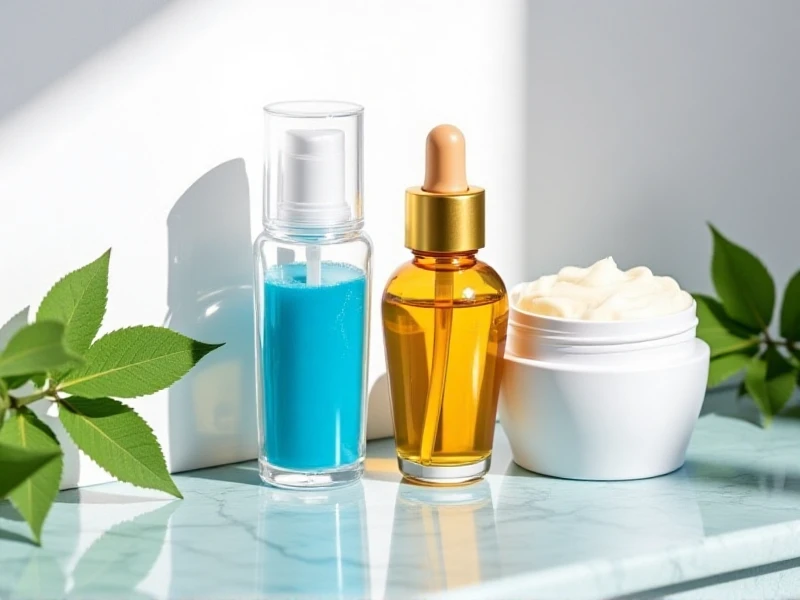
Transforming Your Hair Routine: The Ultimate Guide to Shampoo Benefits
Here is the SEO-optimized article focusing on the keyword "Shampoo":
Choosing the right shampoo is fundamental for achieving healthy, vibrant hair. Yet, with countless formulas lining store shelves and online shops, finding your perfect match can feel overwhelming. Understanding what a shampoo does, how different types work, and what ingredients to look for (or avoid) empowers you to make informed decisions tailored to your specific hair concerns.
At its core, shampoo is designed to cleanse the scalp and hair by removing dirt, excess oil (sebum), product buildup, and environmental pollutants. Its primary function is achieved through surfactants – ingredients that attract oil and water, allowing them to be rinsed away with water. A quality shampoo effectively cleanses without making your hair feel stripped dry or overly weighed down.
Modern shampoo formulas cater to diverse needs. For those prone to greasiness, clarifying or volumizing shampoos offer deep cleansing. If dryness or damage is your battle, intensely hydrating, repairing, or moisturizing shampoos rich in oils, butters, and proteins can restore suppleness and strength. Color-treated hair benefits immensely from sulfate-free shampoos specifically formulated to be gentle and protect vibrancy. Sensitive scalps find relief in fragrance-free and hypoallergenic options. Curly or coily hair types often thrive with highly moisturizing, sulfate-free, or co-wash products designed to enhance definition and combat frizz.
The benefits extend beyond just cleansing. The right shampoo lays the groundwork for overall hair health. Consistent, gentle cleansing promotes a balanced scalp environment, preventing issues like flaking or excessive itching. By effectively removing buildup, the active ingredients in your conditioner and treatments can penetrate better, maximizing their effectiveness. Some advanced shampoos also incorporate targeted actives – like mild exfoliants (e.g., salicylic acid) to combat dandruff, caffeine or peptides to potentially support hair follicle health, or nourishing oils for shine and manageability.
Selecting the best shampoo requires considering your hair type (oily, dry, normal), specific concerns (damage, dandruff, color-protection), texture (fine, coarse, curly), and desired outcome (volume, hydration, repair). Always prioritize gentle cleansing. While sulfate-free shampoos are often marketed as universally better, sulfates (like SLS/SLES) aren't inherently "bad" – they are highly effective cleansers, suitable for many, especially those who need deeper cleansing or have oily scalps. However, if you experience irritation, dryness, or have sensitive skin/perceived dyed hair fading, sulfate-free options are an excellent alternative. Look for proven ingredients suited to your needs: hydrators like glycerin or hyaluronic acid for dryness, proteins like keratin for damage, ketoconazole or zinc pyrithione for dandruff.
Using shampoo correctly optimizes results. Thoroughly wet your hair and scalp first. Dispense a dime-to-quarter sized amount (start small; you can add more). Massage gently into your scalp with fingertips – this is where cleansing is most crucial. Allow the lather to flow down the hair shafts as you rinse. Avoid piling hair on top of your head, as this creates tangles. Rinse extremely thoroughly until all suds are gone. How often to wash varies widely depending on hair type, scalp oiliness, environment, and activity level. Listening to your hair is key – wash when your scalp feels greasy or product-laden, or your style loses volume.
Incorporating the right shampoo is more than routine cleansing; it's the vital first step in nurturing beautiful, resilient hair. By understanding your unique needs and deciphering shampoo labels, you transform this daily act into a powerful foundation for your healthiest hair yet. Ready to elevate your hair care journey? What’s your biggest shampoo challenge?